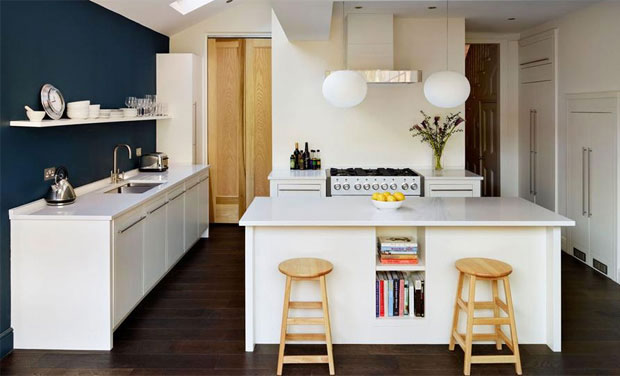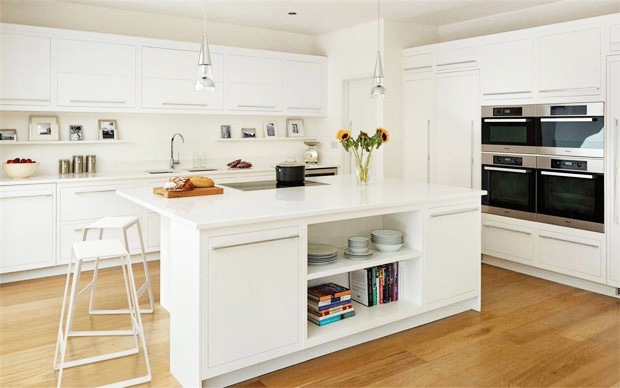A Kitchen Island Could Be the Perfect for your Family Home

A Kitchen Island Could Be the Perfect for your Family Home
The perfect update to your kitchen could be an island with a fascinating design. Whether you plan for it to act as a focal point, with the look and feel of a freestanding piece of furniture, or as an efficient workstation to hold appliances, an island is hugely versatile. Size, of course isn’t everything and islands can vary considerably depending on the shape and capacity of the room. Take care not to make your island too big. It might seem like a good idea to have a huge centerpiece, packed with appliances, but if you can’t reach the centre of it without stretching, or can’t open doors or maneuver around it because it’s too close to other furniture, it won’t be right. You should also guard against making it too small, particularly in open-plan, high-ceilinged spaces as it could feel completely out of place.
An island can become that distinct feature of your kitchen space that creates some separation from the other areas. A shaped island will also help to direct the traffic flow away from busy areas of the kitchens.
Changing the flow of your kitchen by adding an island can really make a difference to your room; it can create extra space in units but also allow you to add more colour and create more shape to your room. As it will often act as a divider in a space, it’s also worth considering how it looks from every angle to ensure it appears warm and welcoming where it faces an entertaining or dining area for instance. If your island is to be hardworking as well as an attractive centerpiece, it’s wise to think carefully about what you do and don’t want to fit in it and where.
An island is a great place for prepping and cooking, so a hob is often on the wish-list, as is a dishwasher and sink. However, this will need plenty of pre-planning to ensure you have power and plumbing supplies to the island before you start, and factor those into additional costs. Consider how your island fits into the traditional working triangle ensuring that the sink, hob and fridge are all within easy reach of each other, without making them so close that the working space becomes crowded. Think about the flip-side, too, particularly where the island faces out onto a living or dining space. While a seating area may seem the simplest option, a row of bar stools could end up creating too much of a barrier, and may leave the island area feeling cluttered, particularly if it is adjacent to a dining table with lots of chairs. In this situation, an overhang to one side, with cupboards to hold crockery, glasses or even space for a wine fridge, that face out into the living area are all good choices.
When you’re in the kitchen design stage, you will probably want to include a sitting area at your island. Even the smallest of islands can accommodate a work surface overhang with a couple of stools below. The current trend for long, narrow professional kitchen islands, which have the appearance of a restaurant ‘pass’ allows for plenty of seating space. On squarer islands, an integrated table and seating area at one end, set slightly lower, adds somewhere to work away from the food preparation. This is also where you can be a little more playful with the shape, introducing curves and several levels – particularly useful if you want the island to perform a variety of functions. Add in plug points and niches specifically for tablets, computers and phones and you’ll soon have all the family gathering round as they work or while their various appliances recharge.
Guest Article.




